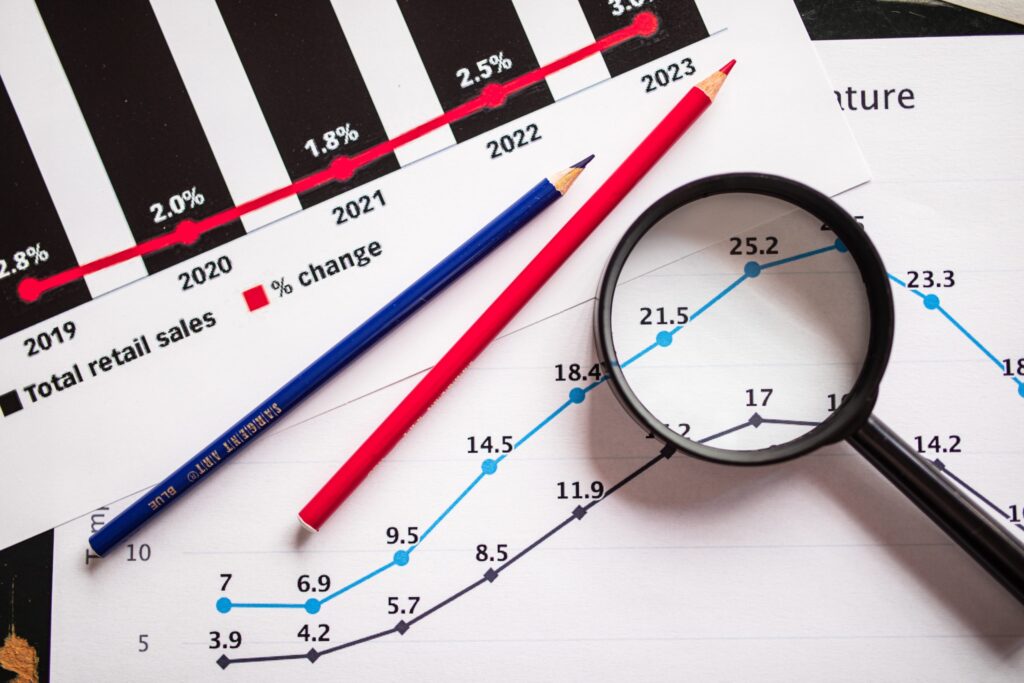The marketing landscape is very dynamic today. It’s all about what’s on the display and how well it is represented. How much data is behind that representation doesn’t matter! After all, data is nothing but a horde of numbers and no one would care to see it if it’s not represented interestingly.
Take the instance of a Spectrum ad. It’s a popular ISP. If they have represented their deals and plans in a visually appealing way that’s easy for customers to understand and digest. And they may end up compelled to Spectrum customer service phone number. That implies that data storytelling and data visualization plays a vital role in conversion too.
Applying Data Visualization for Better Outcomes
This goes for both, internal stakeholders and the customers. An impressive and thorough data representation visually allows you to win the confidence of your internal stakeholder, analyze it effortlessly to make important decisions, and finally, communicate effectively with your customers.
Representing data effectively in a visual context will make all the difference. There are many ways to do it such as using maps, charts, and so on. Let’s walk you through the important steps of data visualization of data
Establish Your Objective
The first step is to figure out your core objective. The clarity of your objective is vital when it comes to your data visualization focus. Considering the type of your target audience, you will have an idea about what kind of data you want to represent visually. It will also give you clarity on what do you want to achieve with that.
Make sure you establish your objectives right in the beginning. This will enable you to stay on track from the beginning to the end.??
Determine the Best Visualization Method for Your Data
You will have several options when it comes to the format of your data representation visually. There are graphs, charts, maps, diagrams, infographics, and others to represent your data visually. All these methods have various purposes. You will have to identify your objectives and purposes and then choose the right format.
Furthermore, remember that choosing the inappropriate method will confuse everyone involved. You don’t want to mislead your viewers/readers. Therefore, choose the right method.
Add Context and Visual Representation
This is the step where you create the visualizations according to the method you have chosen. You will need some tools and apps to do so. For instance, for charts and graphs, Google Sheets and Microsoft Excel can help. Among apps, Canva is an effective one for those who want to create design-oriented and appealing charts and graphs.
Once you are don’t with your data visualization, the next step is to contextualize it. This will help give clarity and meaning to your audience. They will be able to understand the data in a better way. Some ways to add context are giving a suitable title, using various annotations to highlight, labeling the axes, and so on.
Don’t Hesitate to Use Bold Fonts and Catchy Colors
Since it is all about visualization, colors and fonts play a huge role in the design of your data visualization. Therefore, use the colors and fonts strategically and wisely as to which parts you want to highlight. Additionally, colors generally represent the following in data visualization:
Highlighting important points
Illustrating progression
Categorizing info
Distinguish various data points
Similarly, bold fonts emphasize certain details. However, there is no hard and fast rule. And you have the liberty to use these formatting options to represent your data effectively.
Declutter
Once the job of creating the data visualization is over, it’s time to review and proof it. You need to declutter the charts, graphs, and whichever visual forms you have used. Eliminate all the unnecessary elements.
Removing the data clutter will help you ensure a greater impact of your data representation on your audience. Clean and clutter-free graphs and charts are easy to examine. Customers and partners will be able to focus on the main points.
Curb the temptation to add more design and elements to beautify your data visuals. Clean and simple visuals have a greater impact. Some of the things, which may be identified as clutter are unnecessary color effects, 3D effects, grid lines, axis, decimals, irrelevant icons, and so on.
Ensure Avoiding Distortion of Data ?
Rule out the chances of distorting data in the end. You need to carefully examine and scrutinize your data visualization and make sure that everything is accurately represented. Again, keeping data simple is the key. Also, following the conventions will help you avoid data distortion.


